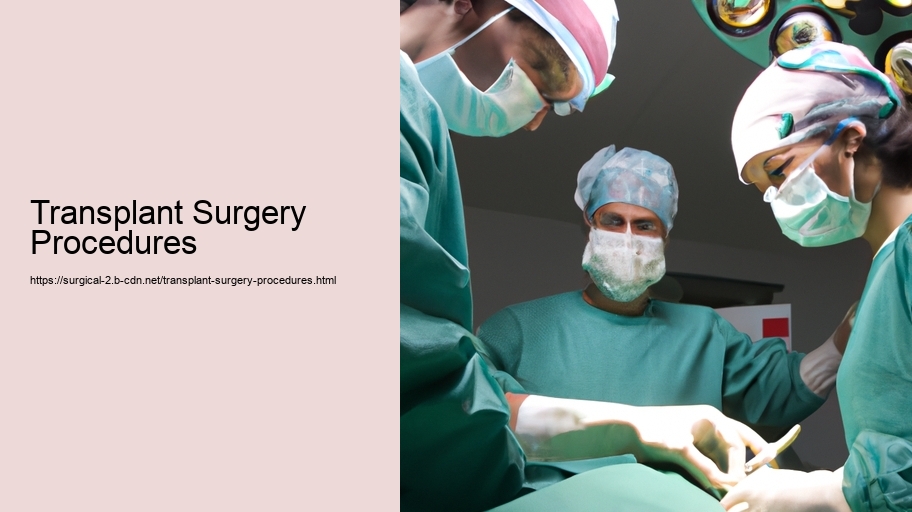Transplant surgery procedures are a remarkable testament to the advancements in modern medicine, offering a second chance at life for individuals with organ failure. These intricate medical interventions involve the removal of a healthy organ from one person-the donor-and its transplantation into another person-the recipient-who has a failing or damaged organ.
The process of transplant surgery begins long before the actual operation. Potential recipients undergo thorough evaluations to ensure they are suitable candidates for transplantation. This includes an assessment of their physical health, psychological readiness, and the support systems they have in place. For living donor transplants, the donor must also undergo rigorous testing to ensure compatibility and to minimize the potential for organ rejection.
The most commonly transplanted organs are the kidneys, liver, heart, lungs, pancreas, and intestine. Additionally, tissue transplants such as corneas, skin, bone marrow, and heart valves are frequently performed.
Kidney transplants are the most common, partly because living donors can donate one kidney and still maintain healthy kidney function. Liver transplants can also come from living donors, as the liver has the unique ability to regenerate. A portion of a healthy liver can be transplanted and grow to full size in both the donor and the recipient.
Heart, lung, and pancreas transplants, on the other hand, typically require a deceased donor, since these organs are not regenerative and their function is critical for the survival of the donor. In these cases, organs are retrieved from donors who have been declared brain-dead but whose other organs remain healthy and functioning.
Transplant surgery is a complex and delicate procedure that requires a team of specialized surgeons, anesthesiologists, nurses, and other healthcare professionals. The surgery's duration and complexity vary depending on the organ being transplanted. For instance, a kidney transplant can take around three hours, while a heart or liver transplant can take much longer.
After the transplant, recipients must take immunosuppressive medications for the rest of their lives to prevent their immune system from rejecting the new organ. These medications make the process of transplant possible, but they also come with the risk of side effects, including susceptibility to infections and other illnesses.
The success of transplant surgeries has improved dramatically over the years, thanks to better surgical techniques, improved organ preservation methods, and more effective immunosuppressive drugs. However, the demand for organs still vastly exceeds the supply, leading to long waiting lists for potential recipients.
The field of transplant surgery is continuously evolving, with research focused on reducing organ rejection, improving the longevity of transplanted organs, and even growing organs in the lab-through regenerative medicine and tissue engineering-to address the shortage of available organs.
In conclusion, transplant surgery procedures exemplify the extraordinary capabilities of modern medicine, giving hope to those with end-stage organ disease. The complexity of these procedures, the dedication of the medical teams, and the generosity of donors converge to save lives and improve the quality of life for countless individuals around the world. The ongoing developments in this field promise to further advance the success and accessibility of these life-saving procedures.
